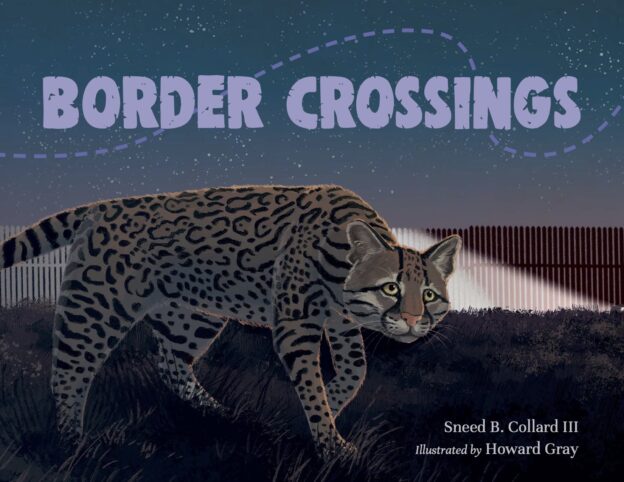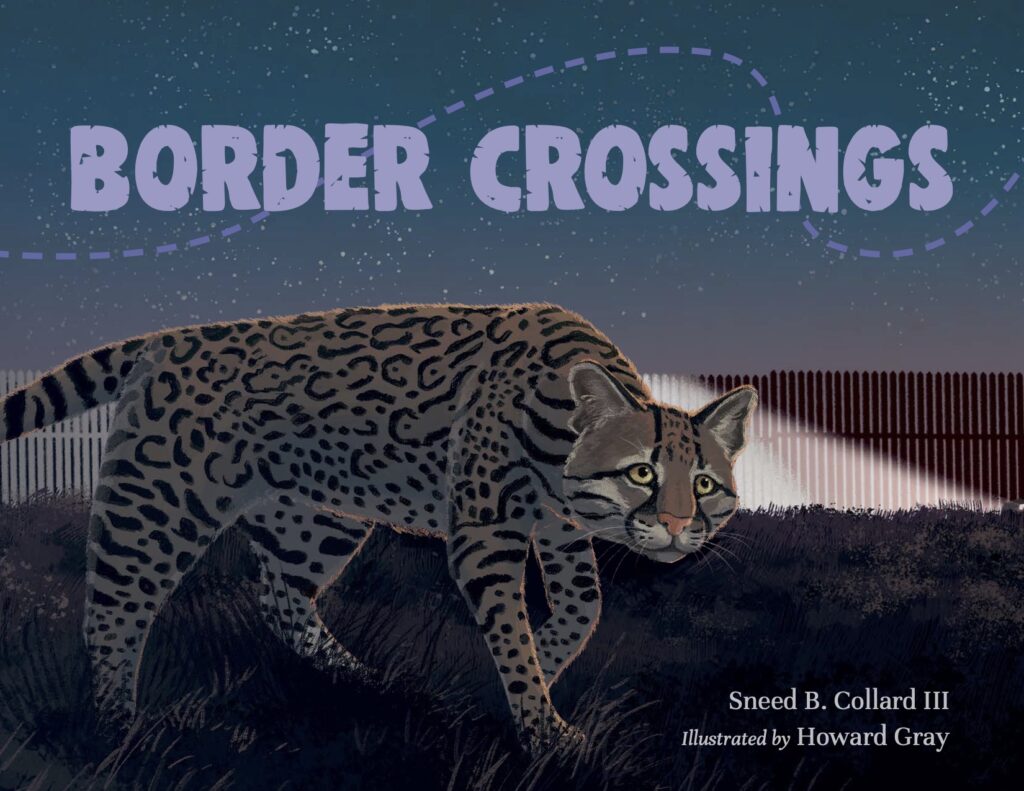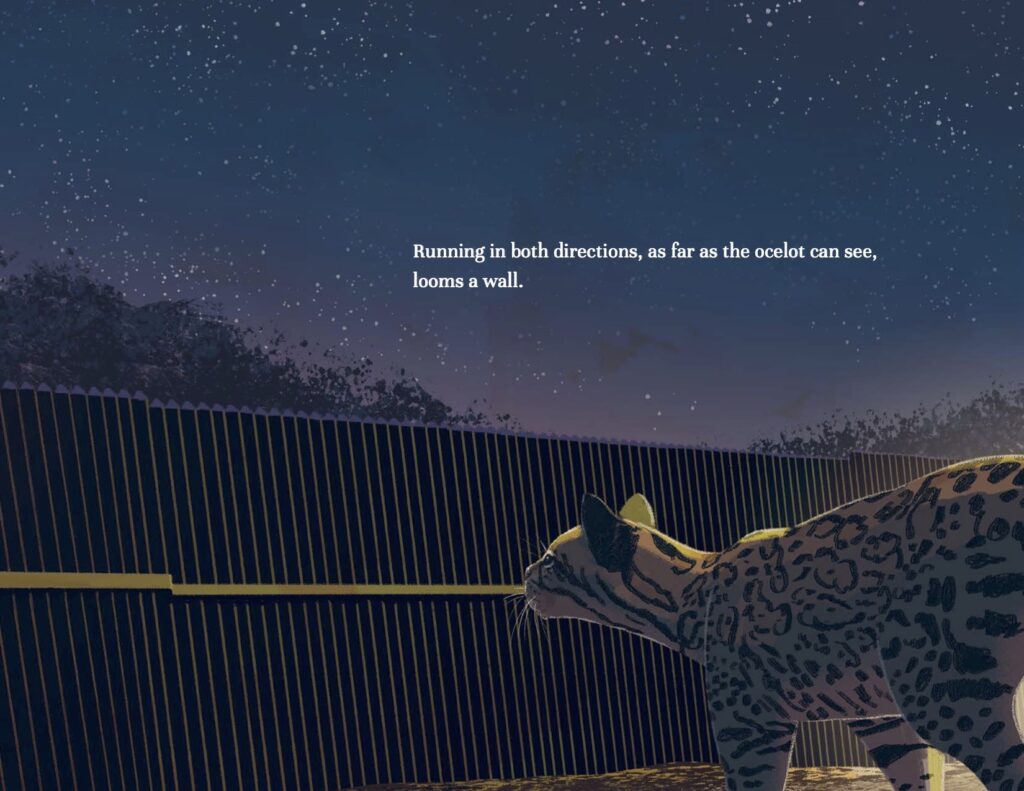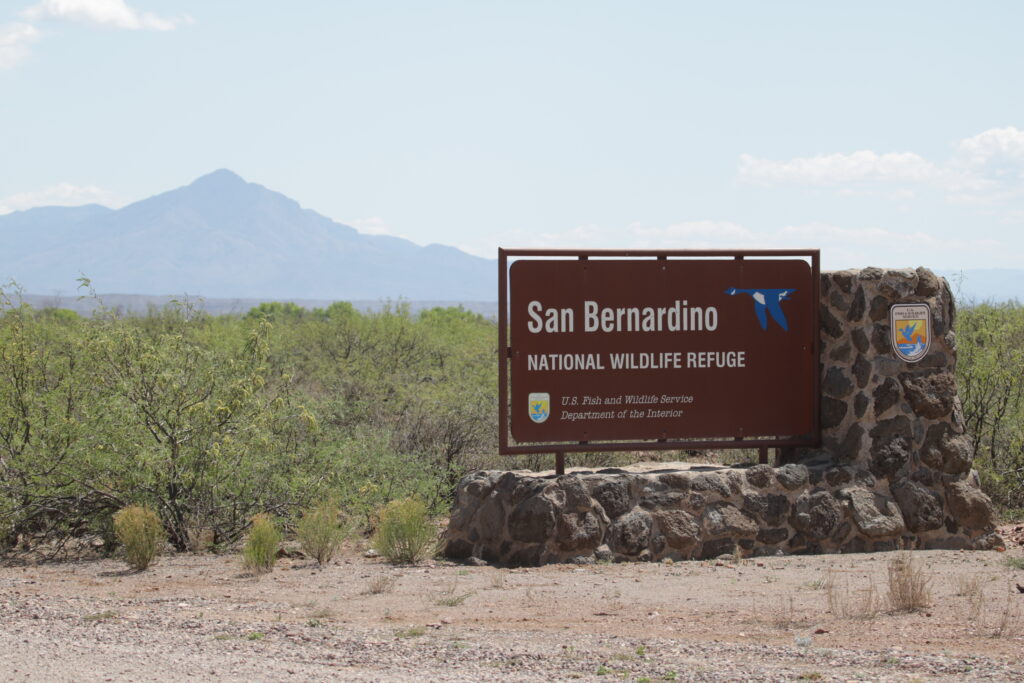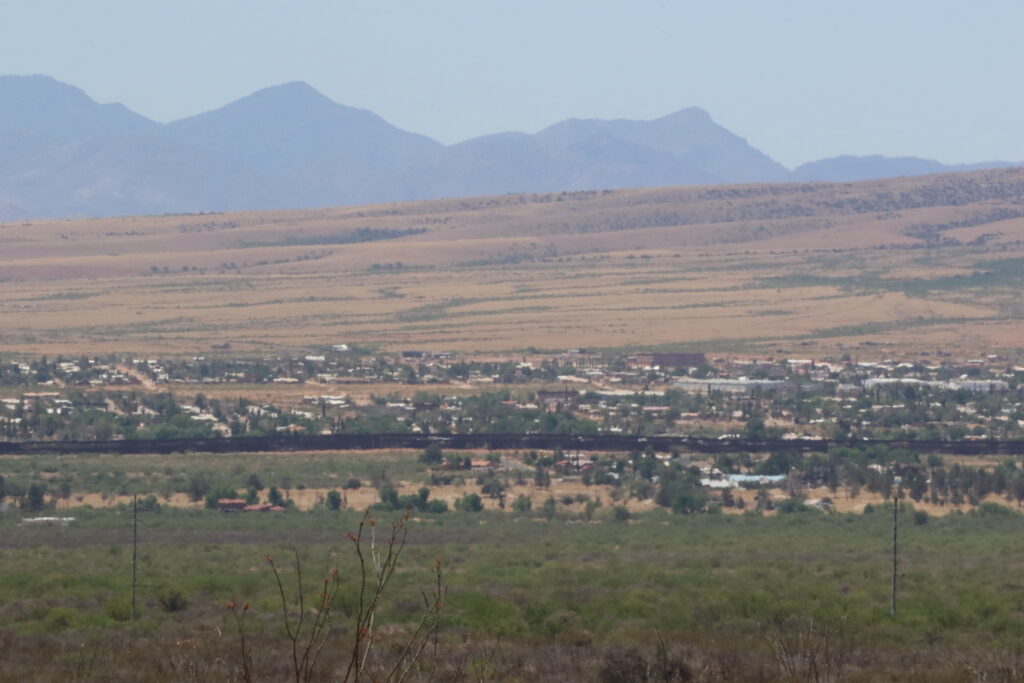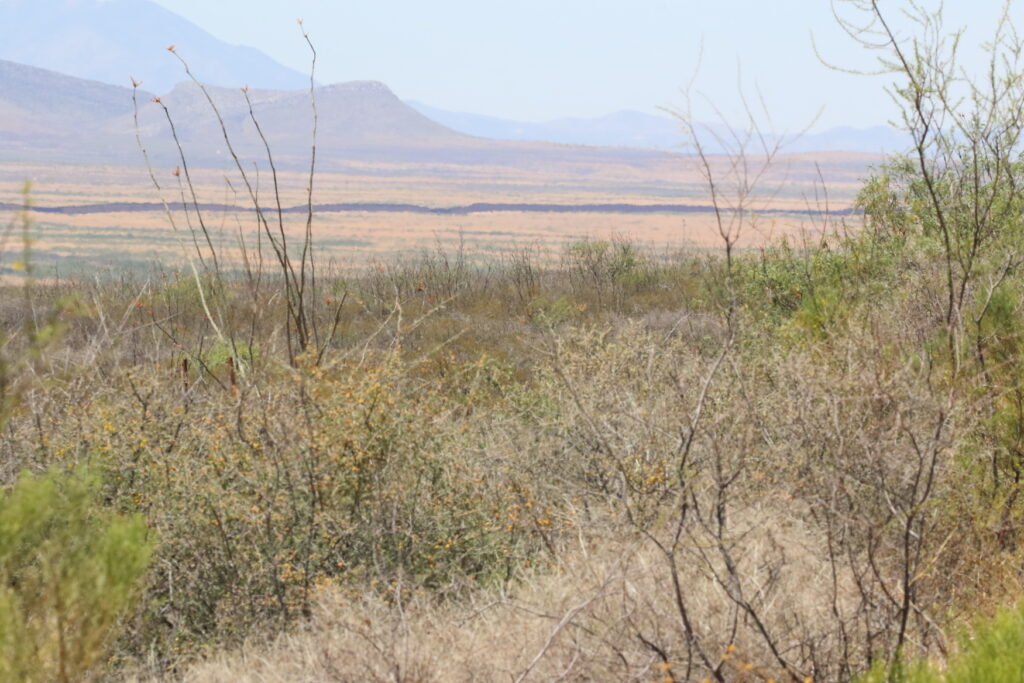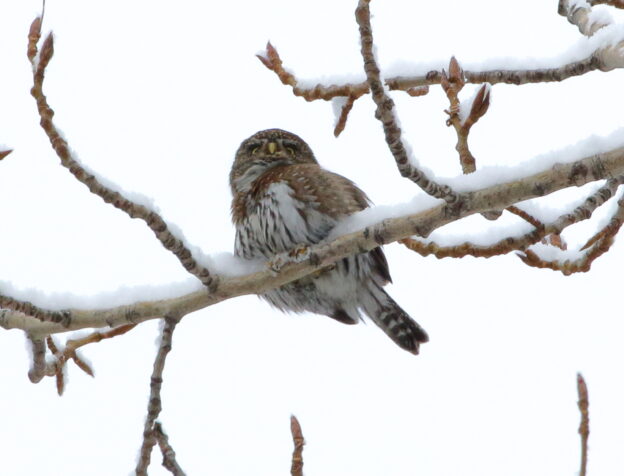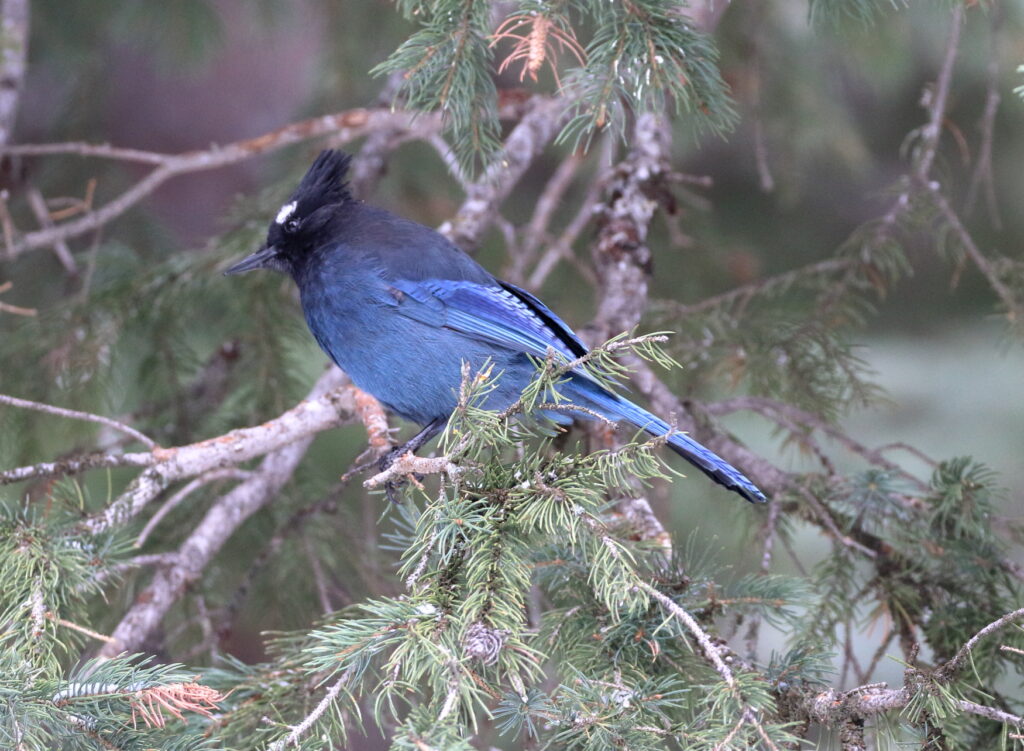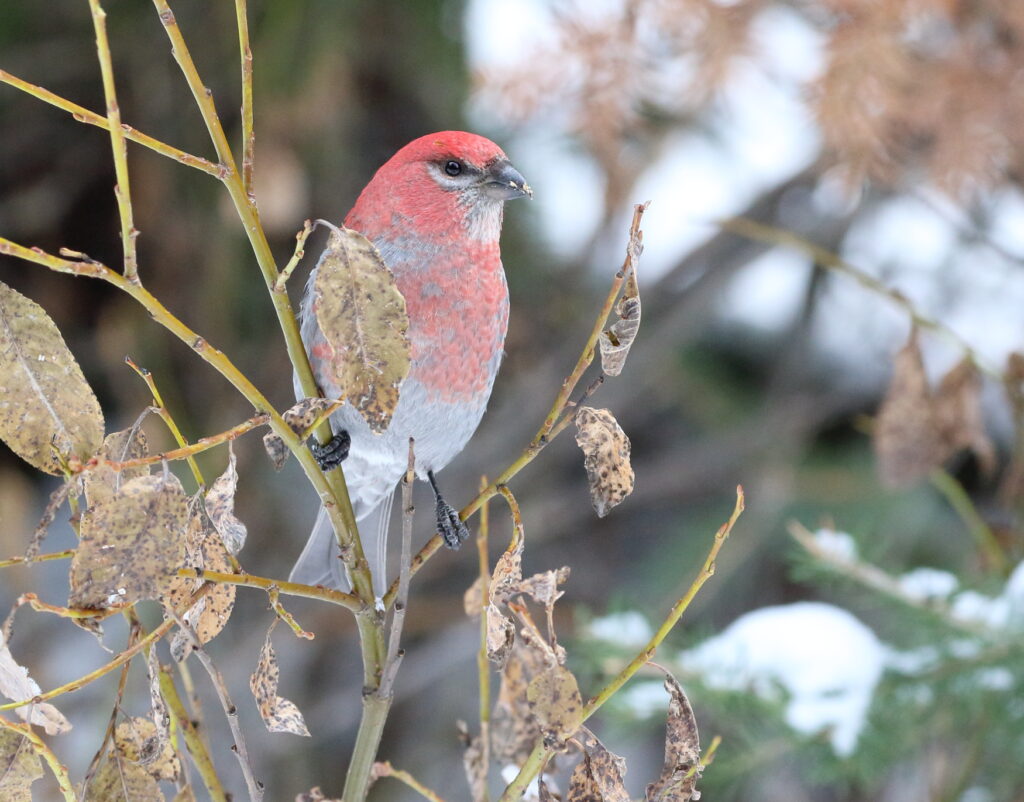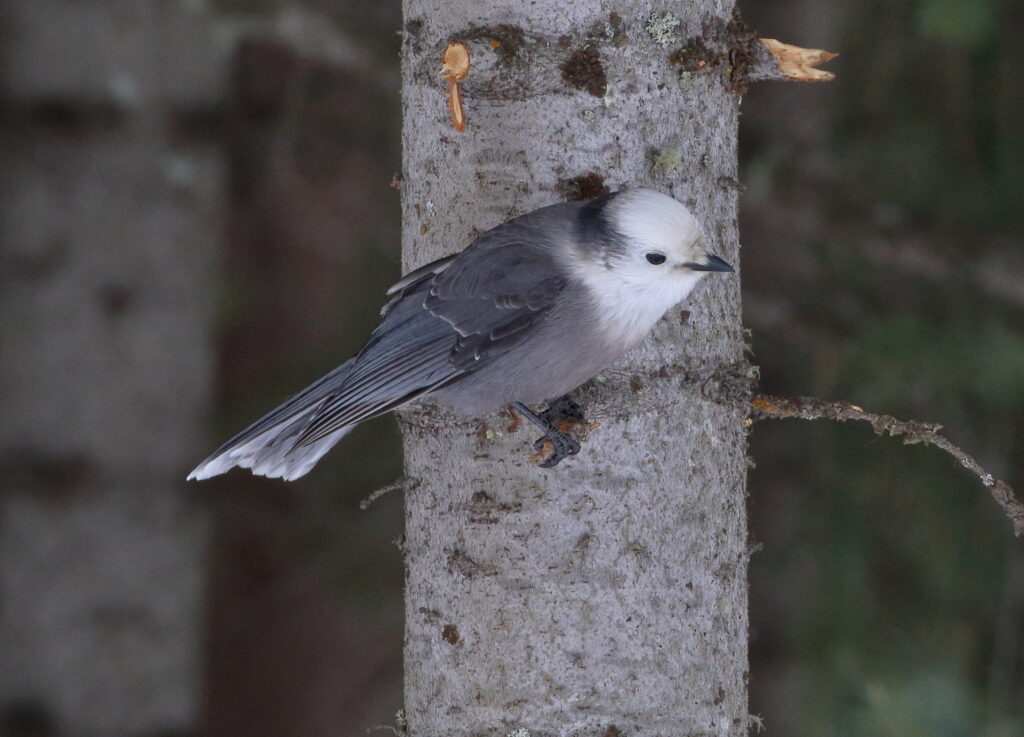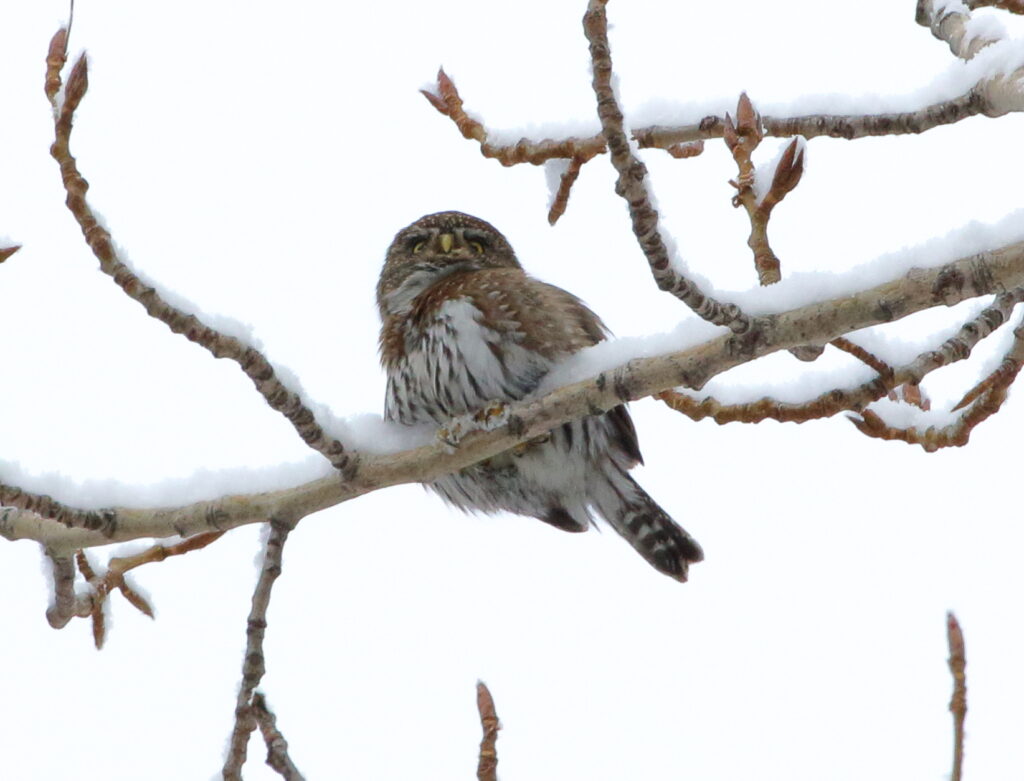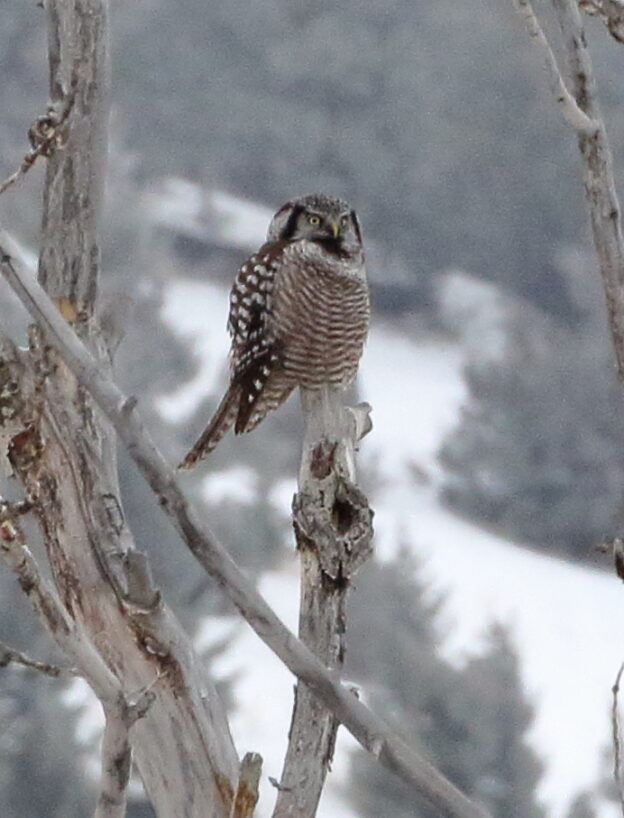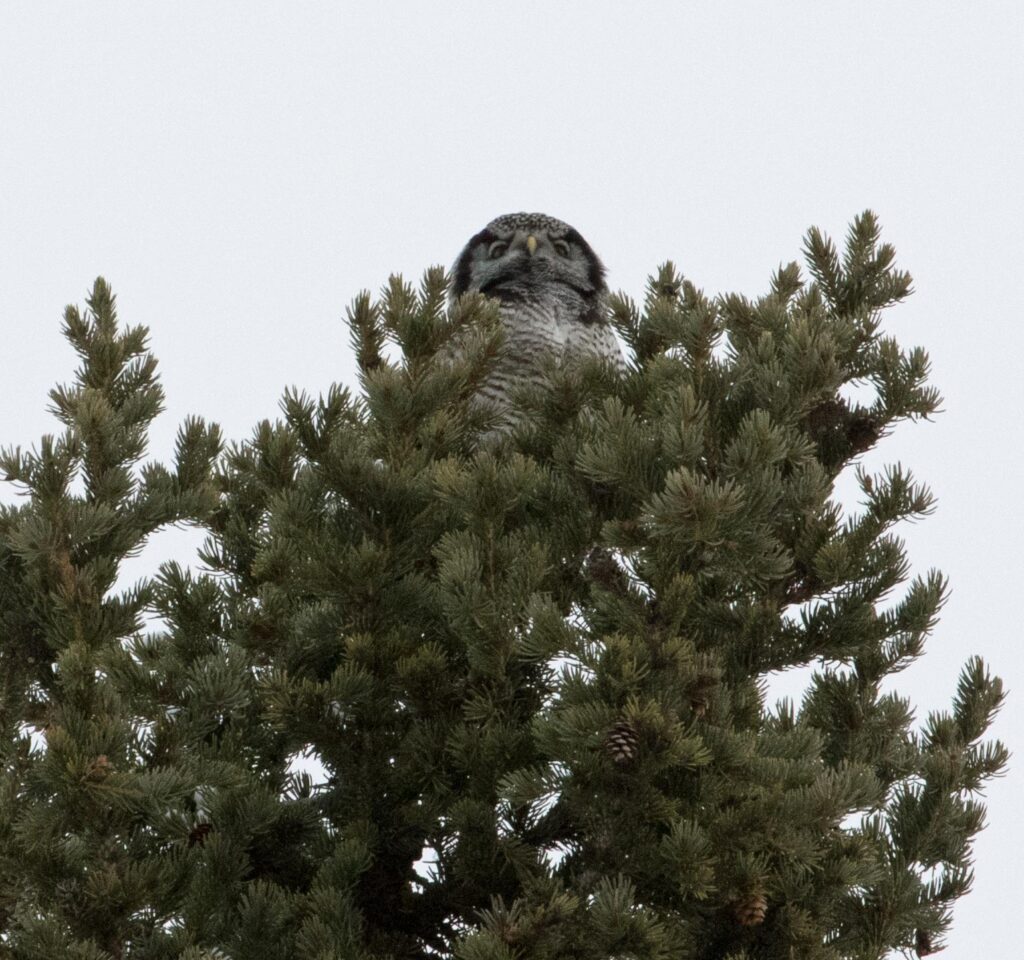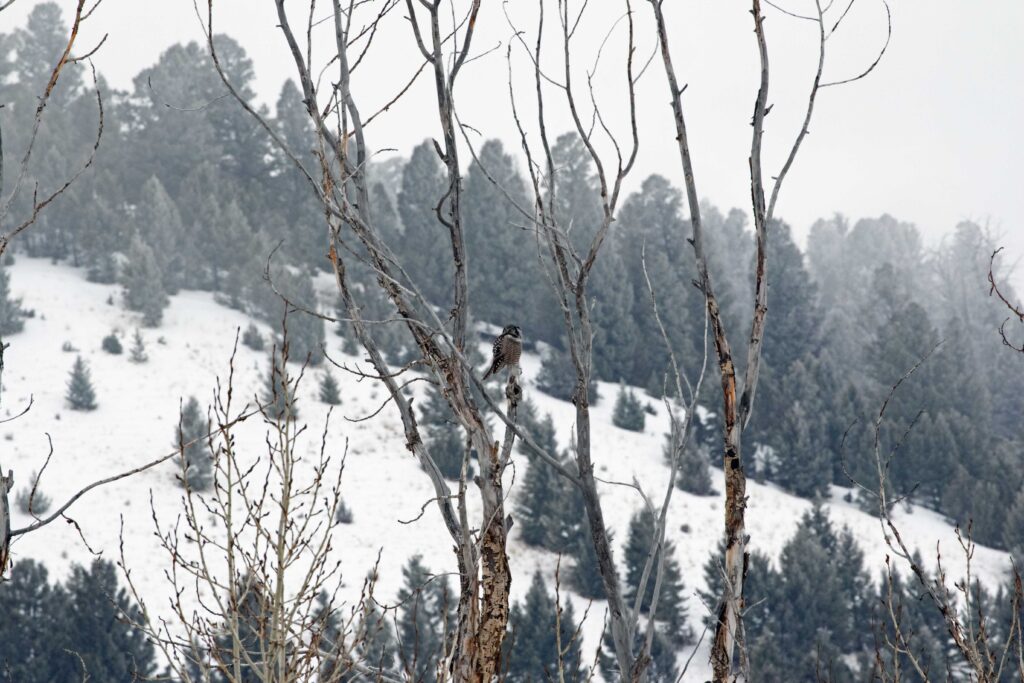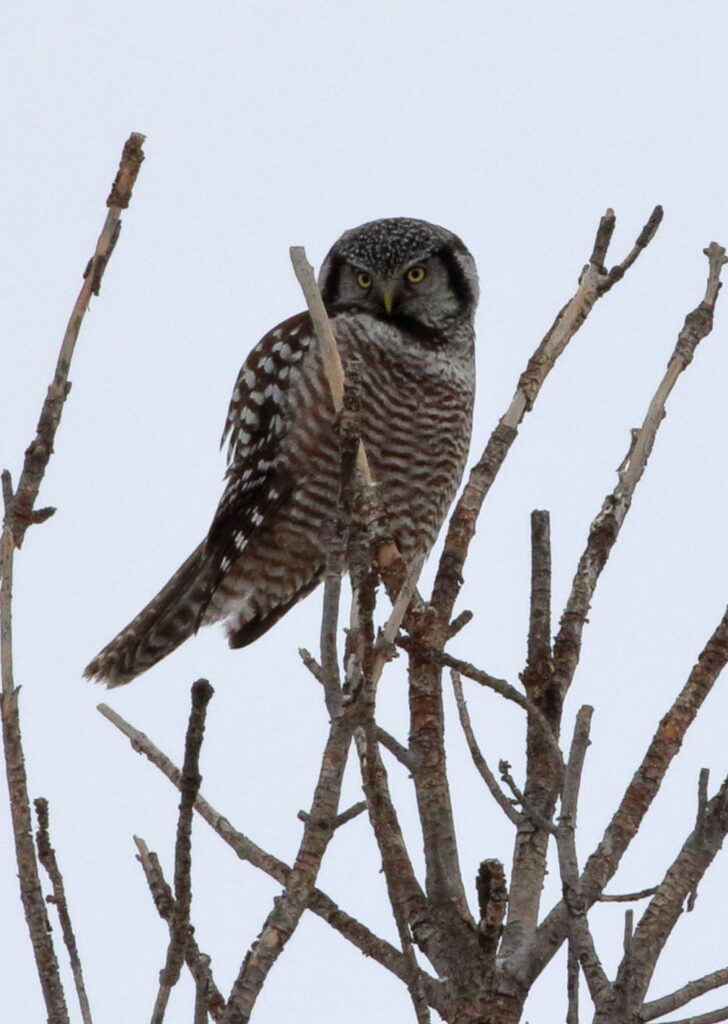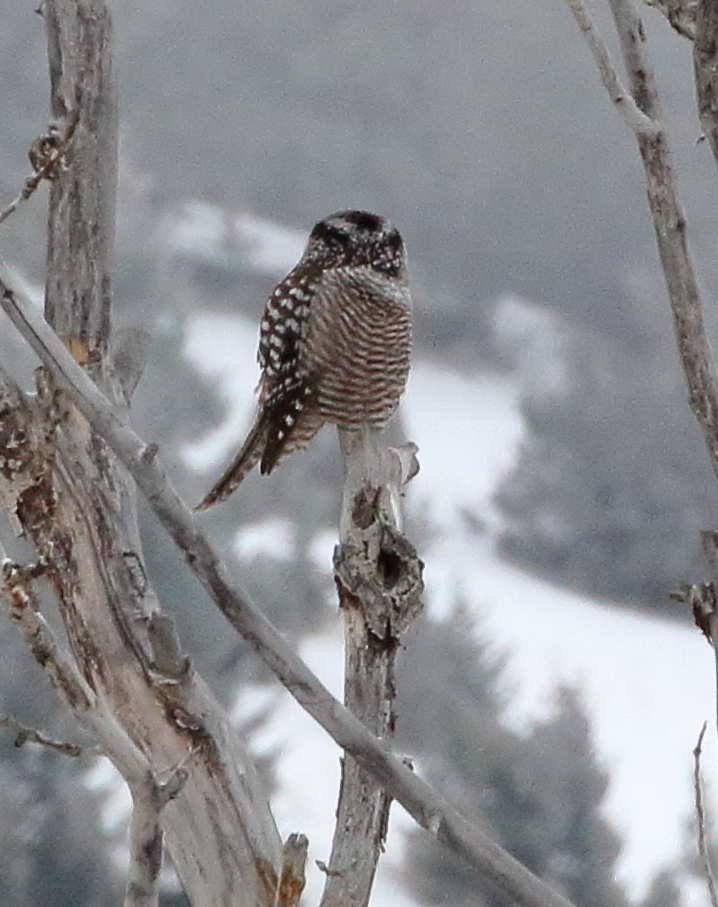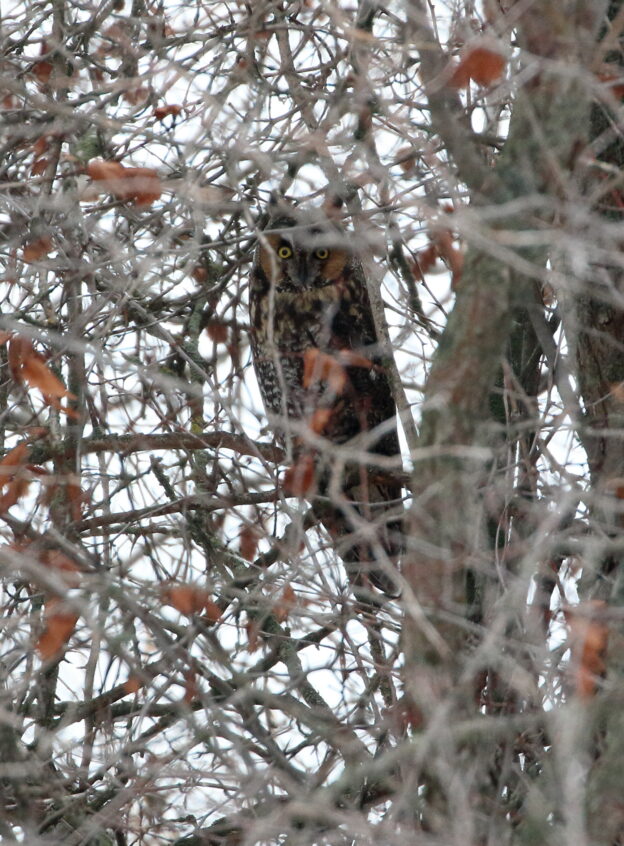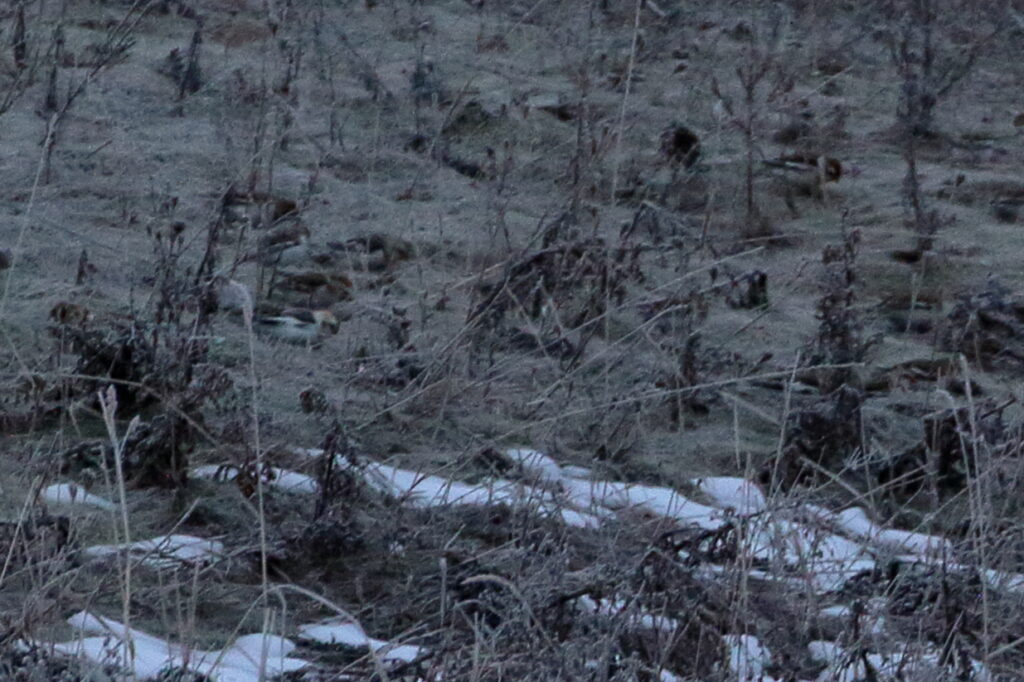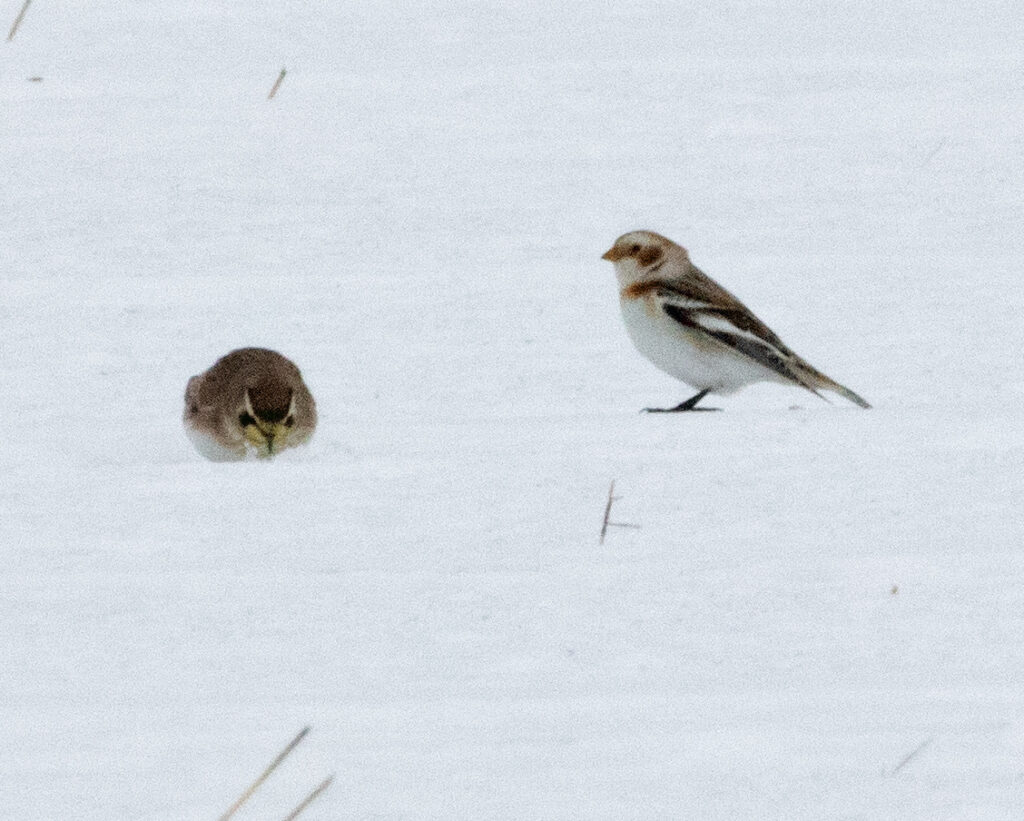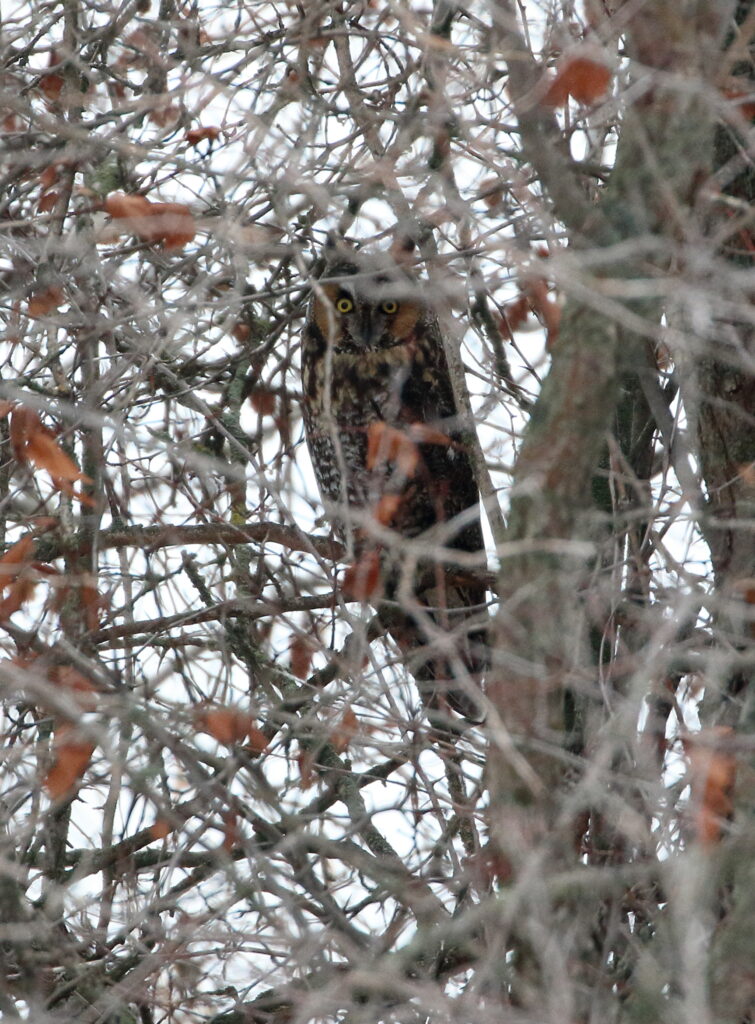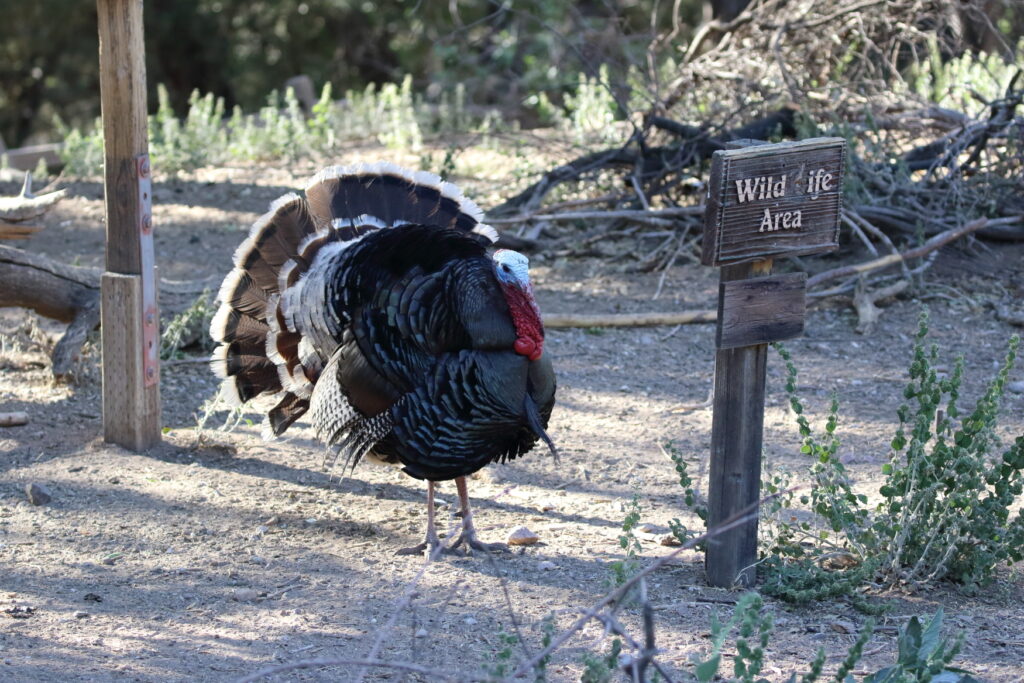Congratulations to our loyal follower Roger Kohn for notching his 300th Life Bird this week—and a Golden Eagle no less! Way to go, Rog, and may it be just a prelude to a great spring birding season!
I can’t believe we didn’t post the entire month of February. Nonetheless, we appreciate your loyalty and devotion, and believe it or not, we picked up our 100th subscriber in the last few weeks. We should have more than that, but Russian hackers led to a subscriber catastrophe some years back. No matter, we are glad to have you with us.
But back to the lack of posts, we’ve had solid excuses. Braden has been studying hard for a tough group of science and math classes this semester while I’ve been laboring to complete two new books and get them turned in. Mission accomplished! I celebrated by heading off to the Children’s Literature Festival in Warrensburg, Missouri. It was my “dozenth” or so time there, and this one proved particularly delightful, with more than twenty authors speaking to thousands of kiddos over the course of two days. This trip was made even more delightful by the fact that I roped several of those authors into joining me for a birding excursion!
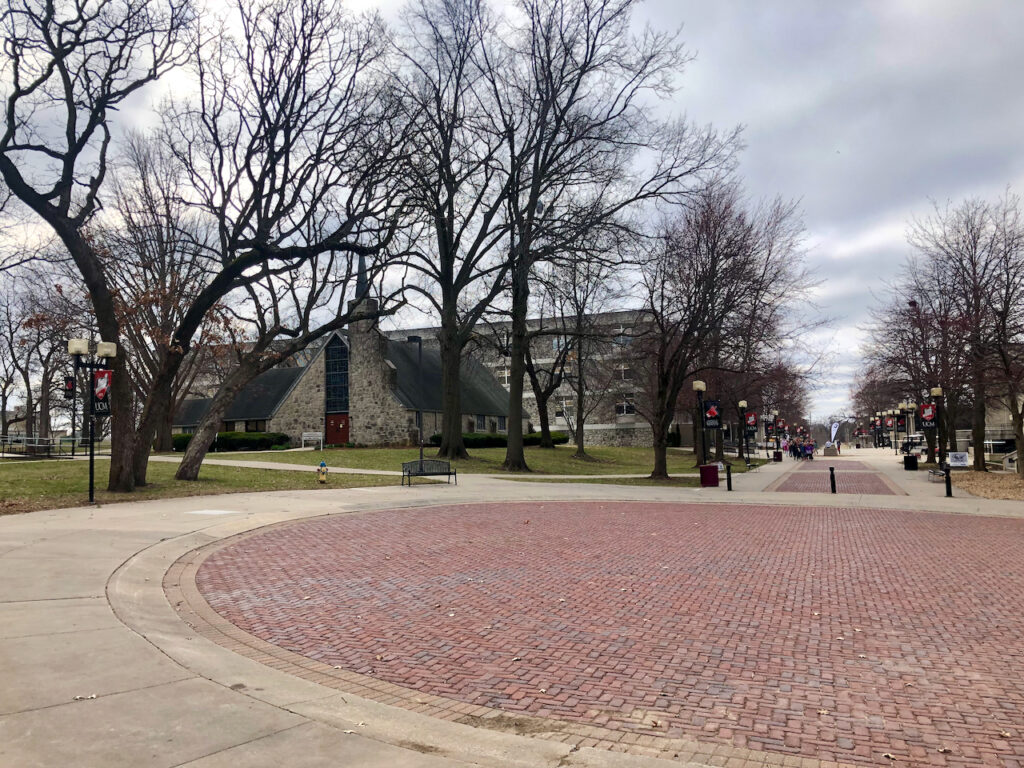
My one complaint about the literature festival is that it always happens before spring migration hits Missouri. Undaunted, I led authors Padma Venkatraman and Samantha Edwards, and Samantha’s husband, Jason Tucker, to Cave Hollow Park this past Sunday morning. Braden and I had birded the park many years back, but before we really knew what we were doing. We’d seen only a handful of species and had left disappointed. This time, I hoped for a better result—and was richly rewarded!
Working the woods that lined the large grassy areas, our intrepid crew saw—and heard—Northern Cardinals and Eastern Phoebes. Then, an American Kestrel flew over, not to be outdone by Red-bellied Woodpeckers, a Northern Flicker, and one of our biggest surprises, a Pileated woodpecker. Of the three woodpeckers, I discovered that the Red-bellied is definitely the most common in the Show Me State. That seemed wonderfully strange for a guy accustomed to Downy Woodpeckers holding down the top spot!
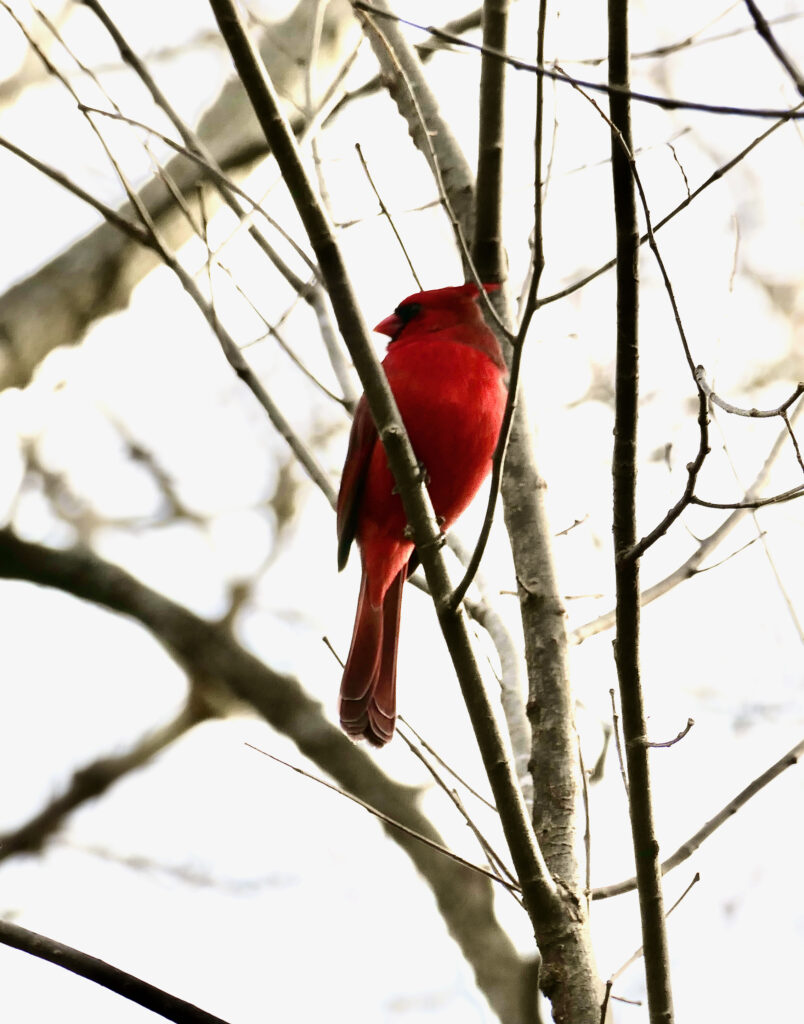
We continued our excursion, venturing into the park’s wooded trail system. This is where Braden and I had pretty much struck out before, but today our group was pleased to encounter Black-capped Chickadees, Tufted Titmice, and a surprise White-breasted Nuthatch. For the first time, I also recognized the “Fee-bee” call of an Eastern Phoebe. “Ah,” I told my companions, “that’s how they got their name.” To my satisfaction, my companions loved our outing, as did I. While we didn’t see anything rare, I don’t often get a chance to enjoy the birds of the East, so it was a special treat to get out there on this sunny, crisp morning. It was also great to have such enthusiastic company!
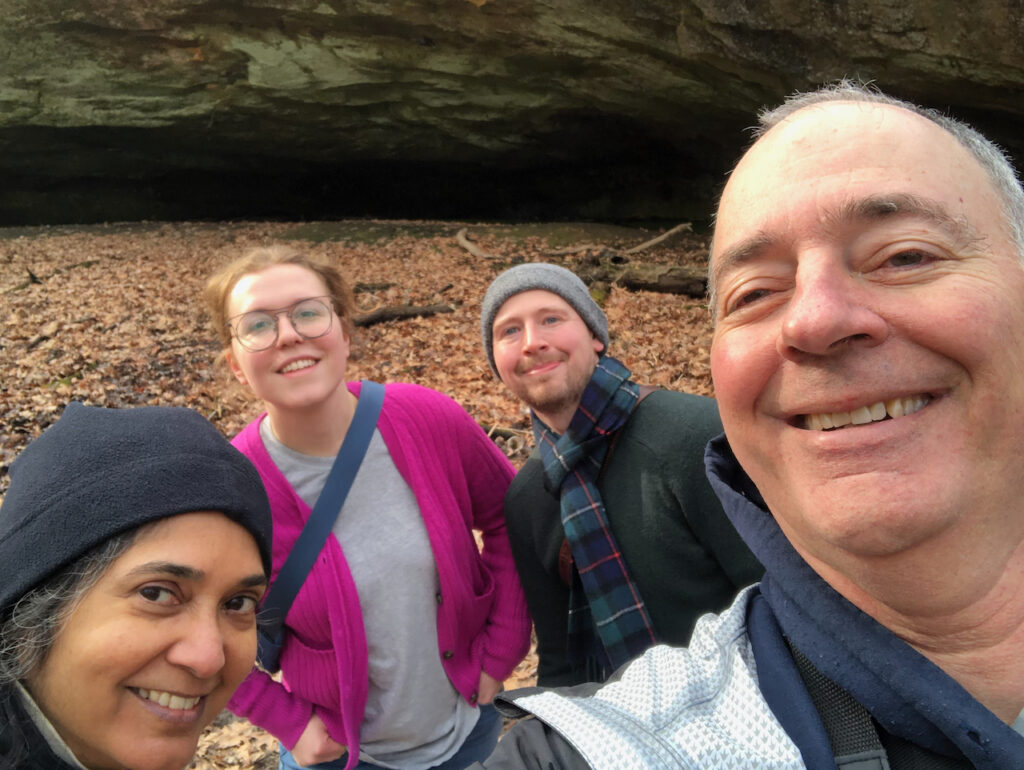
I was so pumped that I woke early the next morning and birded the woods right next to our hotel. I had barely set out when I saw eight or ten sparrows close by. The yellow above the eye made me at first think “Savanna Sparrows.” Then I realized with excitement that they were White-throated Sparrows—a species that wasn’t even on my radar! More surprises followed with a look at a Song Sparrow and Turkey Vulture. Then, I heard an even bigger surprise—a Carolina Wren. That afternoon, I bumped my Missouri Life List to 31 species when a Red-shouldered Hawk landed on a lamp post next to the hotel as I and my friend and fellow author, Roland Smith, returned back from work. I ended the trip more than happy with my March Missouri birding . . . but that doesn’t keep me from dreaming they’ll one day move the festival to April when the full flush of spring songbirds will be moving through!
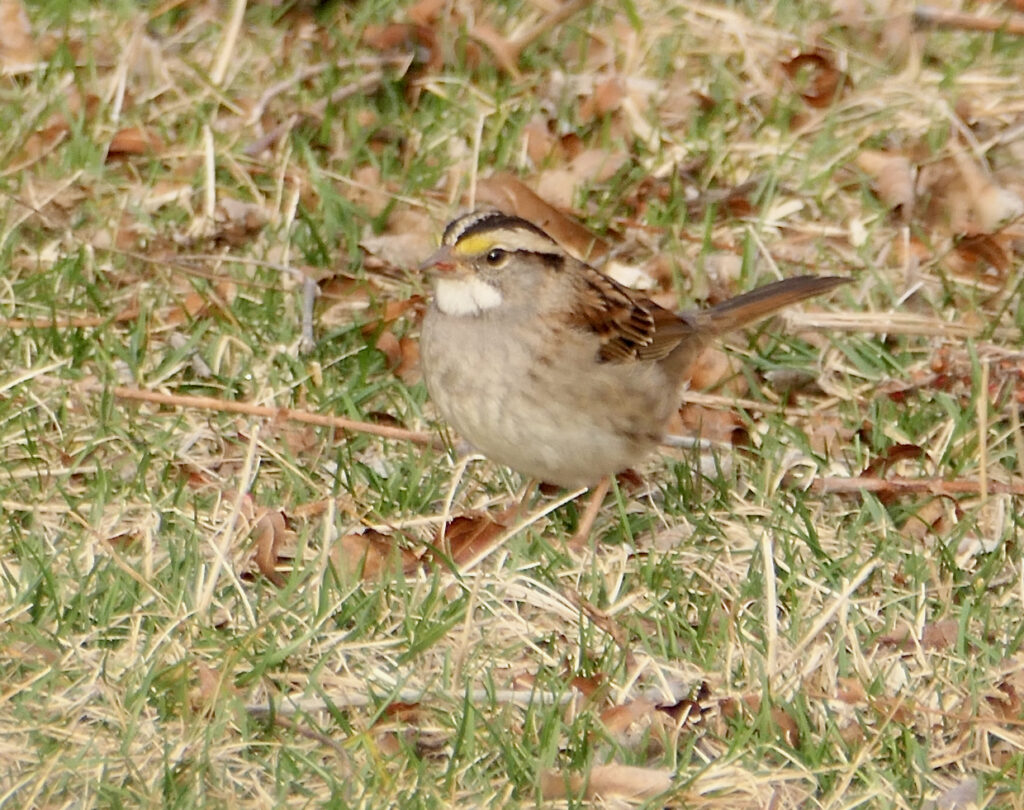
Advance Warning: You will most likely have to endure another lengthy delay before our next post as I (Sneed) is about to embark on a major trip. The good news is that I will be traveling to a country I have never been, and I can almost guarantee that your patience will be rewarded!


